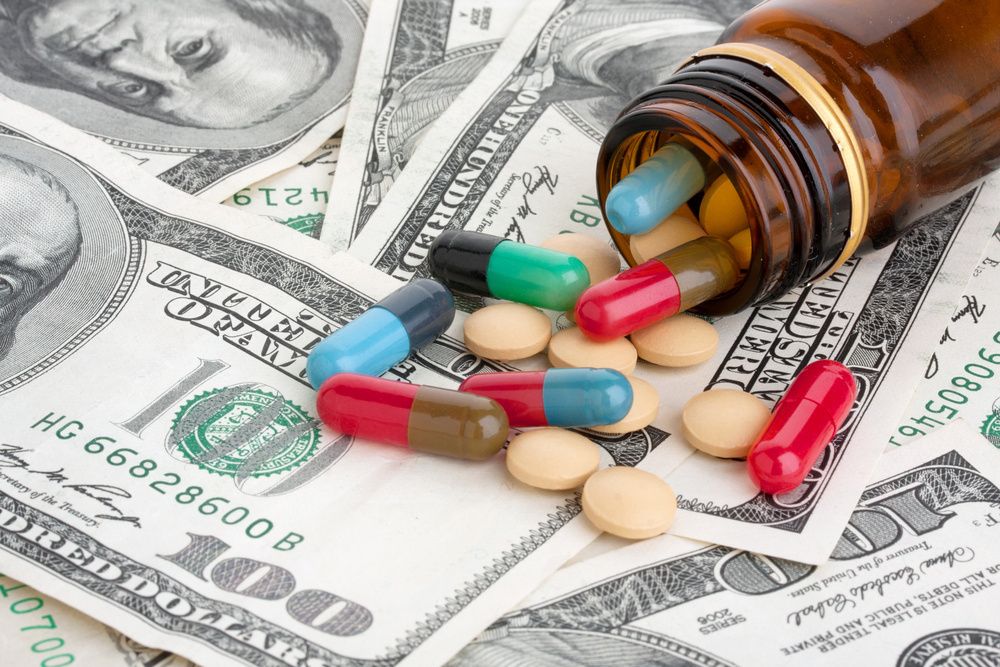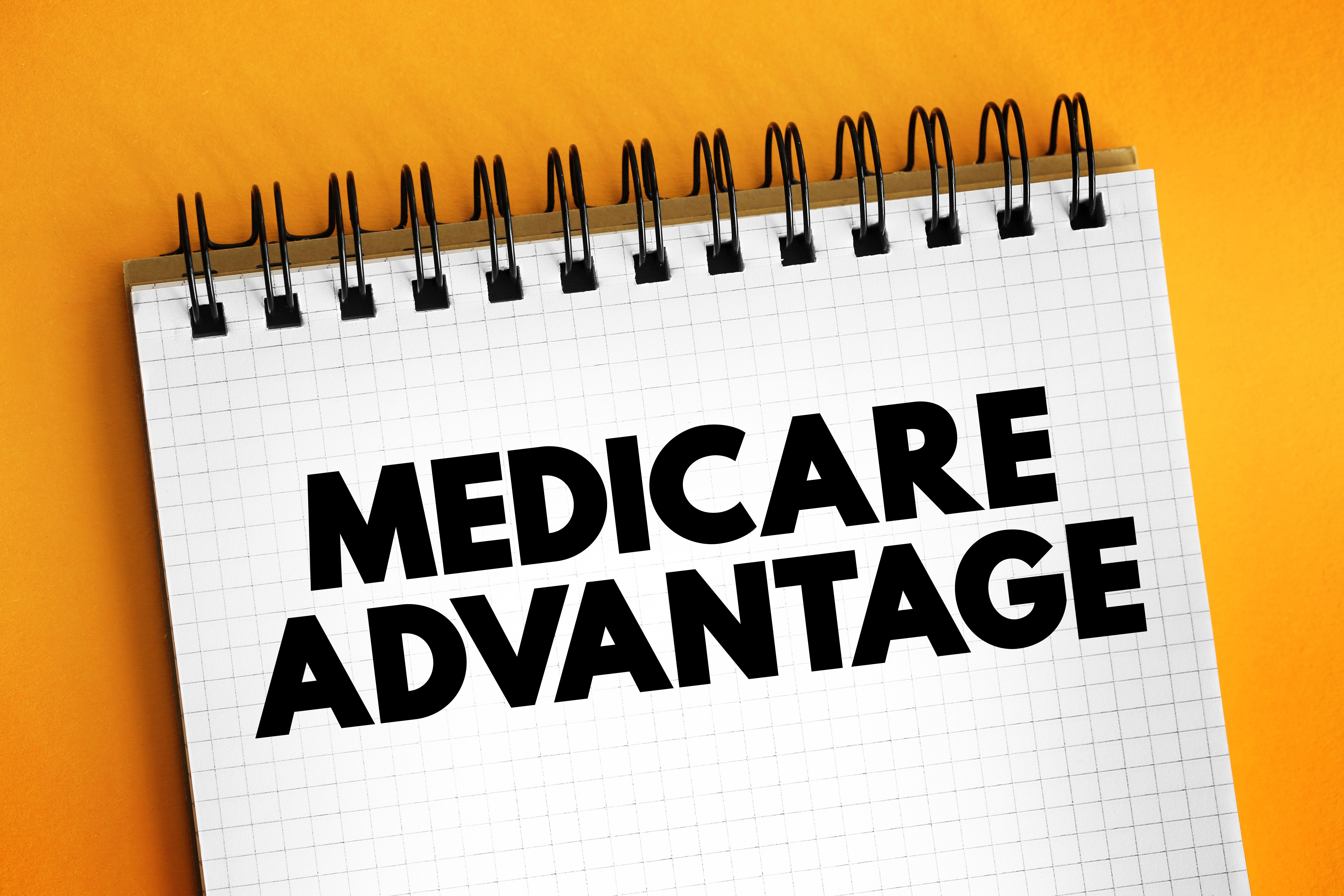News
Article
AAM Report: Generics and Biosimilars Generate $408 Billion in 2022
Author(s):
A report from the Association for Accessible Medicines (AAM) highlighted the value of biosimilars and generics, revealing that lower-cost versions of originator products accumulated $408 billion for the US health care system in 2022.
This article originally appeared on The American Journal of Managed Care®'s sister site, The Center for Biosimilars®.
The US health care system saved $408 billion from using generic and biosimilar drugs during 2022, a huge jump from the $195 billion in savings accumulated in 2013, according to a report from the Association for Accessible Medicines (AAM).
The savings amounted to $139 billion for Medicare and $194 billion for commercial plans in 2022. The report also showed that biosimilars and generics generated $2.9 trillion in savings over the past 10 years.
More than 90% of prescriptions were filled with either generic or biosimilar medicines in 2022, but these drugs accounted for less than 18% of total prescription drug spending.

The AAM is a trade association that represents generic and biosimilar manufacturers and distributors, manufacturers and distributors of bulk pharmaceutical chemicals, and suppliers of other goods and services to the US generic and biosimilar industries. The 2023 US Generics & Biosimilar Medicines Savings Report showcased the value of generics and biosimilars and highlighted changes that are needed to ensure the stability of the market.
“As we approach the 40-year anniversary of the Hatch-Waxman Act that created the modern generic drug framework, the recent surge in drug shortages has highlighted an increasingly fragile industry. And its long-term sustainability faces significant challenges with dire implications…. It is vital that policymakers take a comprehensive approach to remedy the systemic challenges facing the industry,” wrote David Gaugh, interim president and CEO of AAM, in the report.
The analysis revealed that while over 90% of prescriptions were filled with either generic or biosimilar medicines in 2022, these drugs accounted for less than 18% of total prescription drug spending and less than 2% of total US health care spending. Additionally, 93% of generic drugs have co-pays under $20 compared with 59% of branded drugs, and the average co-pay for generics is only $6.16 vs $56.12 for branded products.
Biosimilars alone generated $9.4 billion in savings throughout 2022 and $23.6 billion since 2015, when the first US biosimilar (Zarxio; filgrastim biosimilar) entered the market. Additionally, the savings accumulated from biosimilar use since 2015 are enough to fund 694 million additional days of therapy for patients. Without biosimilar competition, 344 million incremental days of patient therapy would not have occurred.
The average sales prices of biosimilars are over 50% lower than the reference biologic price at the time the first biosimilar competitor of a particular molecule launches. The prices of reference products have also decreased by over a quarter since biosimilar market entry.
Broken down by state, California, New York, and Texas are the top 3 states that have saved the most from generic and biosimilar competition, accumulating $36.2 billion, $32.6 billion, and $32.0 billion, respectively. All states accumulated over $1 billion in savings, except Wyoming ($585.6 million), Alaska ($551.7 million), and Vermont ($664.3 million); however, these states have significantly smaller populations than most other states. Despite also having smaller populations, Louisiana, West Virginia, Indiana, Georgia, and Kentucky achieved the highest per capita savings.
The report commented on the biosimilar insulin space and the lack of uptake and savings for Semglee, the first insulin glargine biosimilar and the first biosimilar to obtain interchangeability, noting that pharmacy benefit managers (PBMs) blocked over half of new patient prescription for biosimilar insulins. Although biosimilars for some molecules account for 60% of all new written prescriptions, new patients receive biosimilar insulin only 37% of the time.
“Among the four health plans that account for almost two-thirds of all newly written insulin glargine prescriptions, three still cover the brand in full, while the biosimilars are either blocked or only partially covered. This reflects ongoing preferences of PBMs for higher priced products with high rebates. Unfortunately, those rebates are not often shared with the patient using the medicine who frequently faces high cost-sharing based on the list price of the drug,” the authors wrote.
However, if the market introduction of adalimumab biosimilars, the pipeline of ustekinumab biosimilars expected in 2025, and the FDA approval of the first natalizumab biosimilar are anything to go by, hope for biosimilars remains, with the AAM projecting that treatment for autoimmune disorders, such as rheumatoid arthritis, lupus, and multiple sclerosis, will grow by 45% by 2027.
“Generics and biosimilars should not be taken for granted, nor should the access and savings they create. Unfortunately, significant challenges threaten the long-term outlook. Without action to strengthen the generic and biosimilars markets, many of these lower-cost medicines may disappear. And patients' access to care will suffer. A foundation of good health allows people to do more, be more and reach their potential. The generics and biosimilars industry stands ready to contribute to optimizing the health of America patients' daily lives,” the report concluded.




